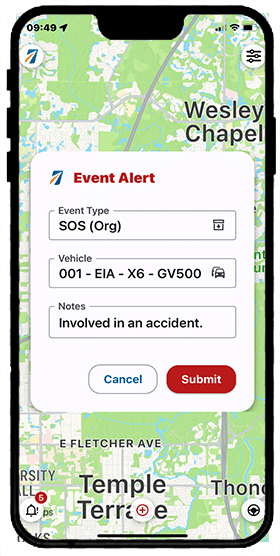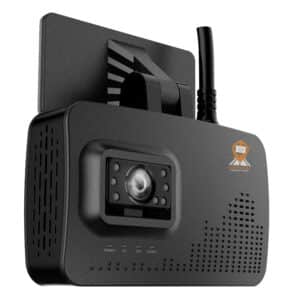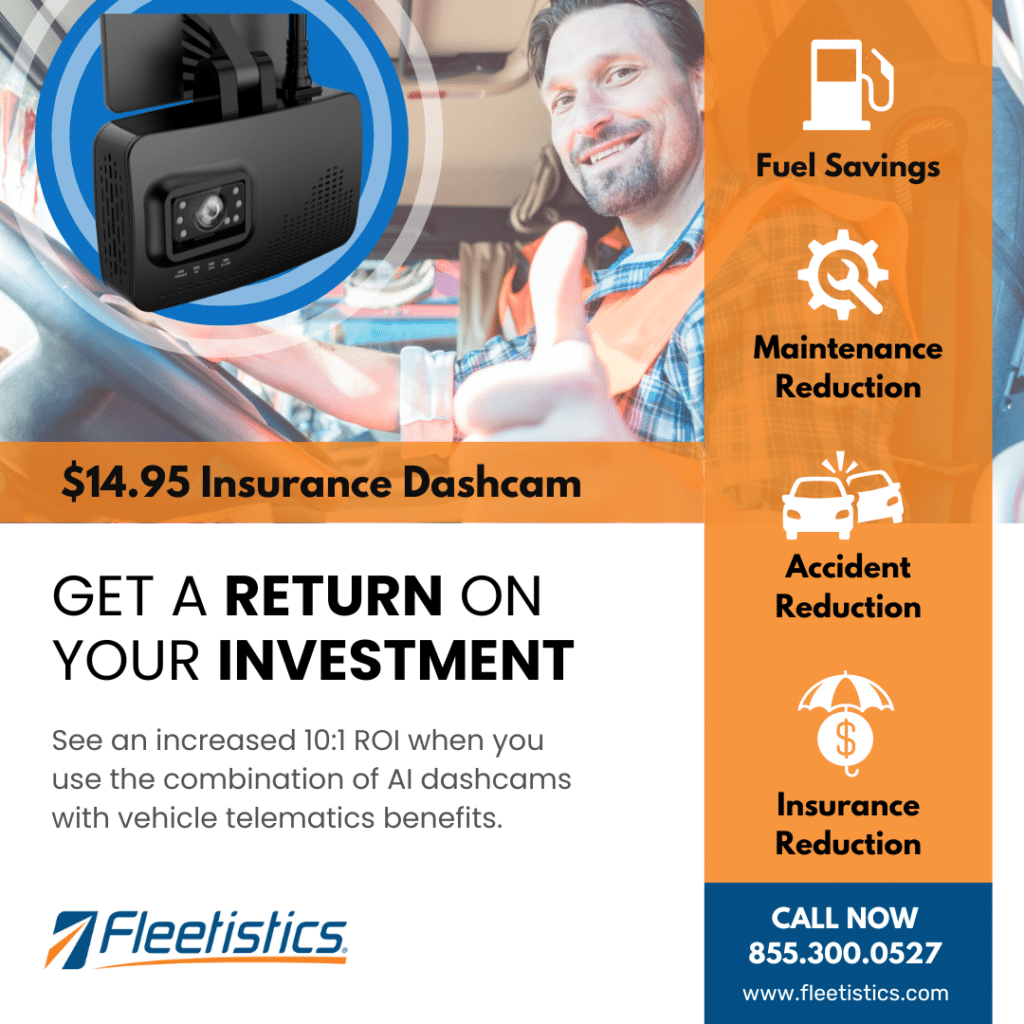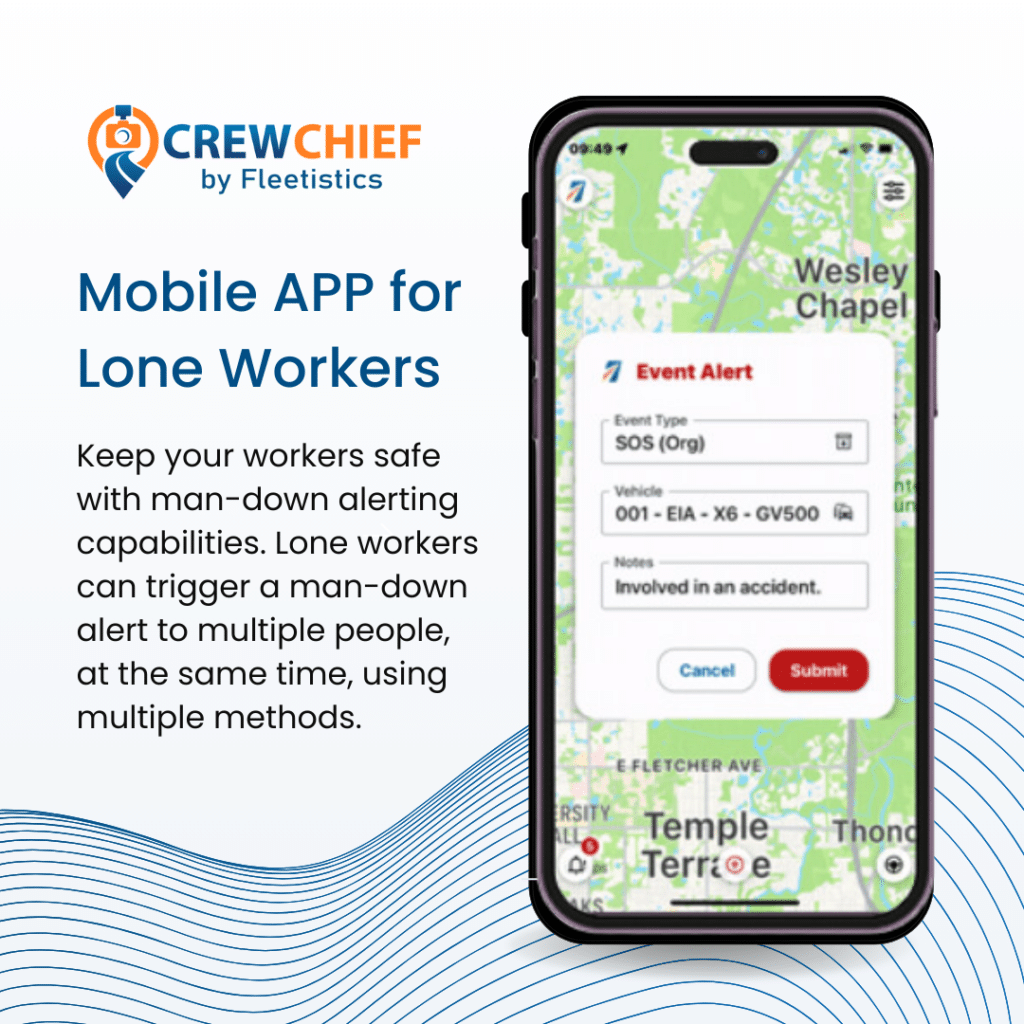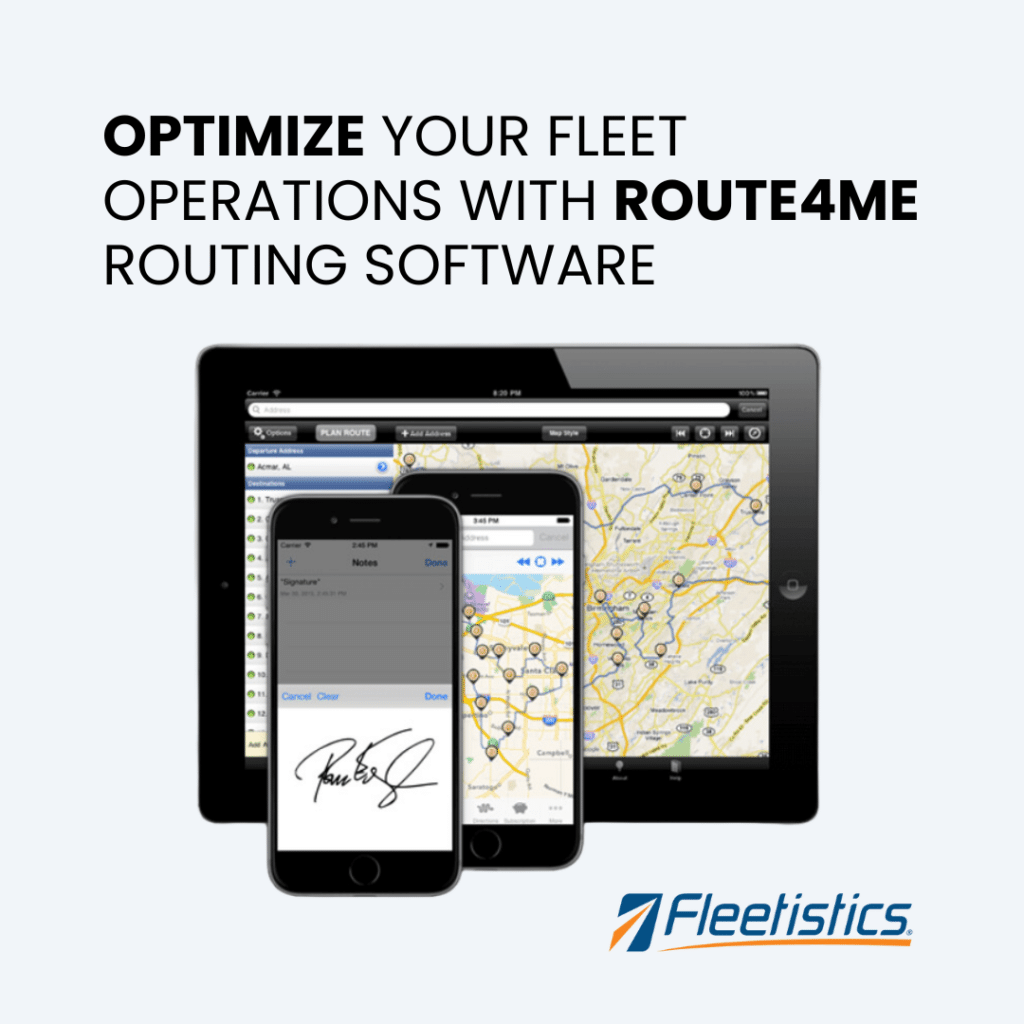FMCSA Vehicle Classificiations
There are 13 vehicle classifications identified by the Federal Highway Administration (FHWA) which is a department of the Department of Transporation (DOT). Understanding the classification of your fleet will help you remain compliant. Some vehicles may operate in a gray area, such as axles that can be lifted, which makes compliance even more challenging. Hazardous material introduces 9 additional classifications which require compliance (download here).
As a small or medium fleet operator, it may be difficult to understand the regulations and keep up with changes. The regulations for ELD are sometimes revised and compliant systems may be deemed as non compliant, so it is important to stay informed. The companies that are listed are literally self registered as compliant and when FMCSA finds them lacking they are removed from the compliant list.
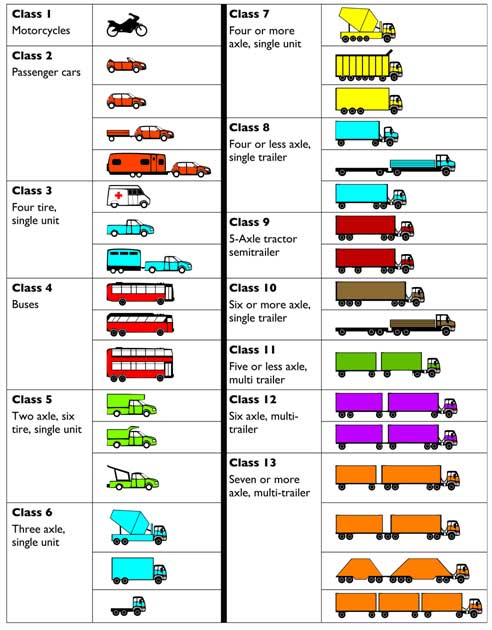
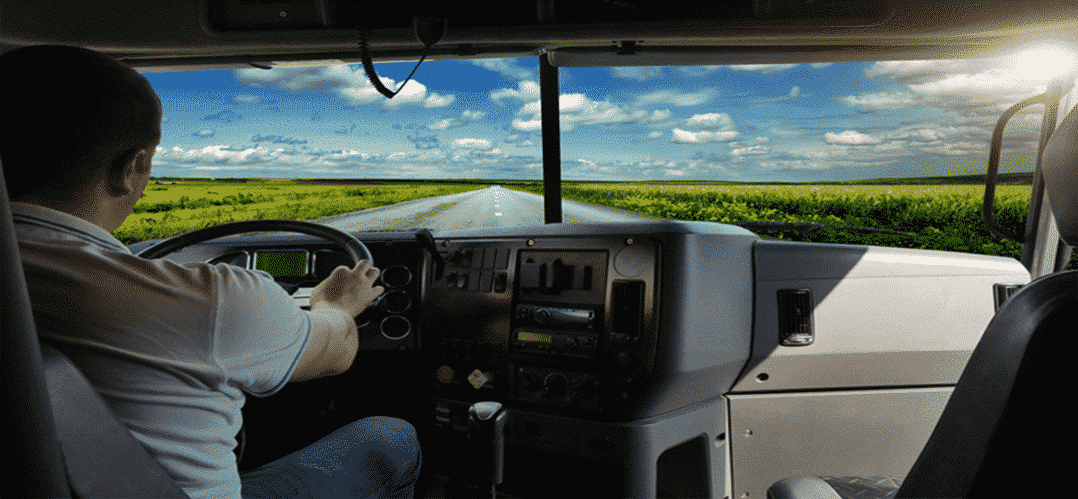
Geotab Drive is Fully Compliant for ELD
If you have deployed one of the systems that was recently removed from the compliant systems list, why not give Geotab a look. Not only is it a fully compliant ELD system, it is a world class fleet management system with well over 300 integration partnerships in 14 primary categories to serve the needs of government, long haul, last mile deliver, and service providers with light truck fleets.
With the ability to address requirements for temperature monitoring, integrated camera systems with ADAS features, weigh station bypass integrations, TPMS, and a host of other options, FMCSA compliance with ELD regulations is only the beginning.



